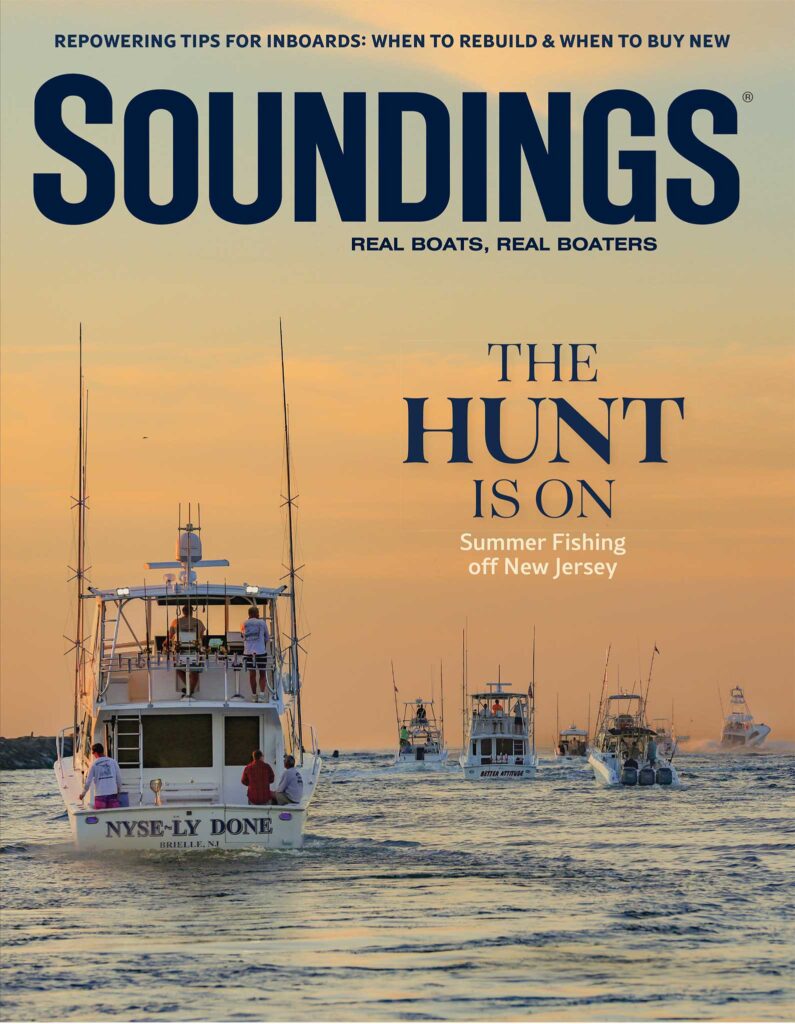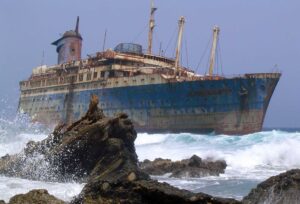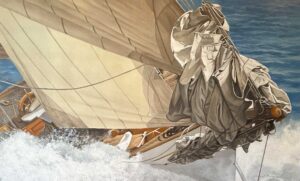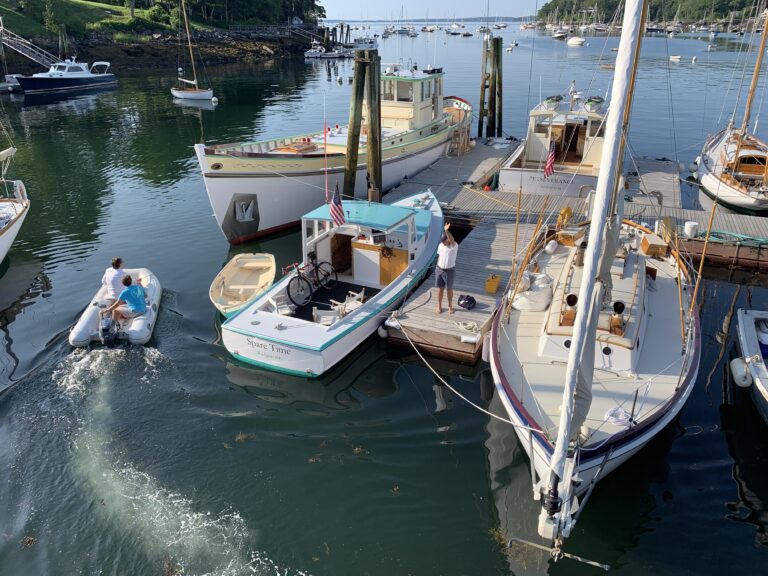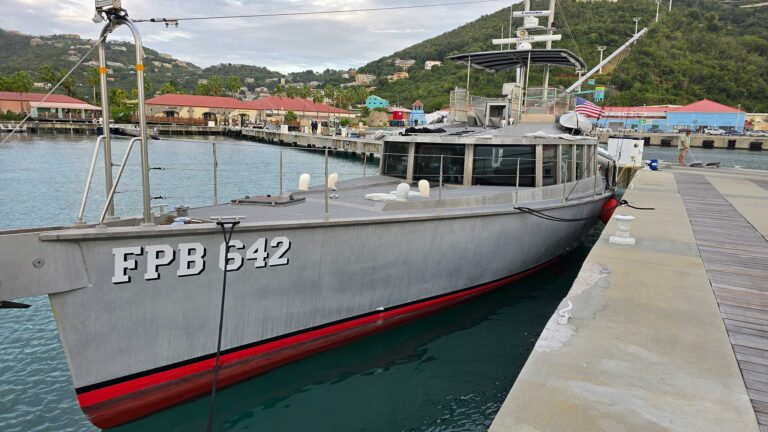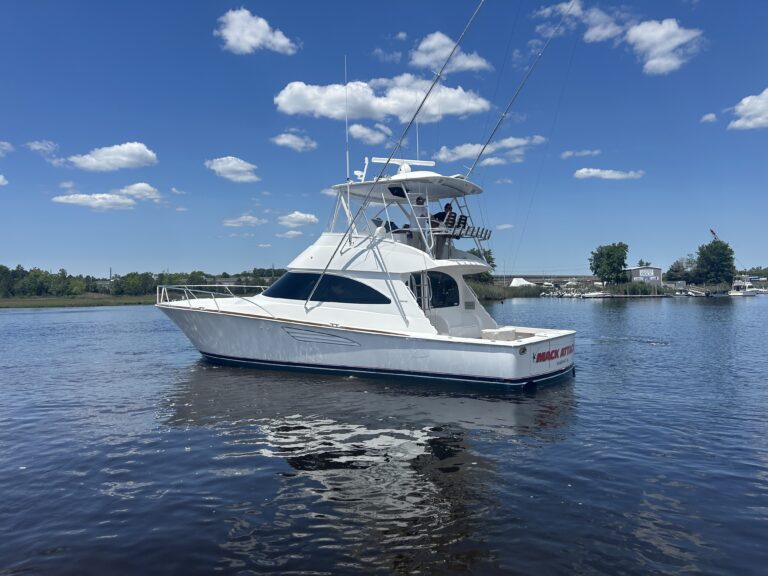
A mid-20th century novelty postcard from Florida must have lured anglers south for some of the Sunshine State’s “big catch” fishing, having played its part in creating and growing Florida’s world-class angling industry.
Not all of America’s first postcards were as entertaining as this one; many, in fact, were austere. Issued by the federal government beginning in the late 1860s, strict rules permitted only an address on the front and a message on the back. But people loved them. Easier to write than a letter and only a penny to mail, the postcard became the text message of its day. When the government allowed for private production in 1898, the modern “picture” postcard was born. The message and address went on the back, and on the front, thanks to advances in printing, was a big, bright picture.
The Post Office handled 700 million of them in 1908, the same year that printer Carl Teich created the first of his now-famous “Greetings from …” cards, which flaunted bold colors and big lettering.
Civic leaders seized the opportunity to use the picture postcard to advertise their communities, often employing humorous exaggeration to get their point across. Florida promoters certainly understood the power of the postcard, and they used them to play up the state’s most abundant resource (next to its sunshine): fishing.
They had reason to boast: More than 700 species of fish thrived along Florida’s pristine, 1,350-mile coastline. Bonefish and tarpon, marlin and sailfish—the names conjured up visions of fishing adventures in the minds of out-of-state anglers.
At the time, Florida was less populated than some of the nation’s cities, and with postcards drawing fishermen and their families down to the Keys Highway (opened in 1938), there was demand for businesses to support them. Fishing camps, bait-and-tackle shops, boat charters and rentals, restaurants and motels sprang up. With a little help from the picture postcard, the Sunshine State’s now-legendary recreational fishing industry took shape.
This article originally appeared in the July 2020 issue.

